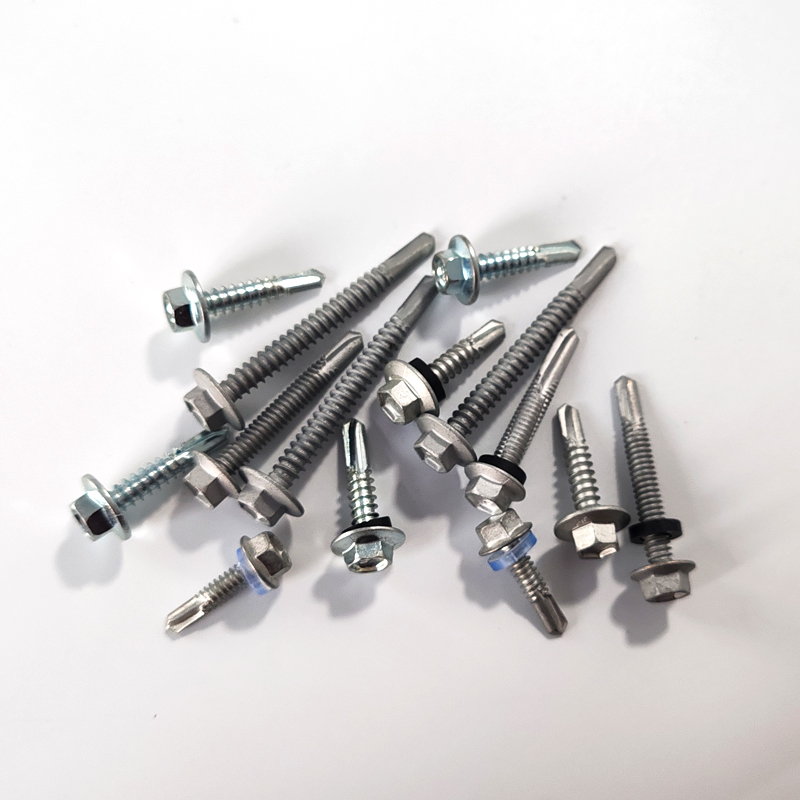Understanding the Features and Benefits of Tek Screw Heads in Construction Applications
Understanding Tek Screw Heads A Comprehensive Guide
When it comes to fastening materials together, the importance of the right screw cannot be overstated. Among various screw types, Tek screws have carved out a niche for themselves, particularly in metal-to-metal applications. This article will delve into the fascinating world of Tek screw heads—what they are, their variations, and their applications.
What is a Tek Screw?
Tek screws, also known as self-drilling screws, are a category of fasteners designed for use in metalworking. Unlike standard screws that require a pre-drilled hole, Tek screws have a unique design featuring a drill bit tip that allows them to create their own hole as they are driven into a material. This makes them particularly useful for fastening metal sheets, as well as wood and other substrates.
The Importance of Screw Heads
The head of a screw plays a crucial role in its effectiveness and application. It is the part of the screw that remains visible after installation and is responsible for how the screw engages with the driving tool. In the case of Tek screws, the head type can significantly influence the screw's performance, making it essential to understand the various options available.
Common Types of Tek Screw Heads
1. Phillips Head This is one of the most common screw head types. The cross shape allows for better grip and reduces the risk of slipping, making it easier to drive the screw into harder materials. However, care should be taken to not overtighten, as this could strip the head.
tek screw head

2. Hex Head Hex head Tek screws are often preferred for applications requiring higher torque. The six-sided design accommodates a socket wrench or hex driver, which enables the user to apply more force without the risk of cam-out. This makes the hex head particularly popular in roofing and metal fabrication.
3. Torx Head Also known as star drive, Torx heads feature a six-pointed star pattern that provides a higher resistance to stripping compared to Phillips heads. This design allows for better torque transfer and is especially useful in heavy-duty applications.
4. Combo Head As the name suggests, combo heads combine features from other types of fastener heads, generally Phillips and slotted. This versatility makes them user-friendly, as they can be driven with multiple tools, making them ideal for various job sites.
Choosing the Right Tek Screw Head
When selecting the appropriate Tek screw head, consider the application and the materials involved. For projects requiring significant torque, a hex or Torx head might be optimal. Conversely, for lighter-duty tasks or those needing easier access with simple tools, a Phillips or combo head could suffice.
Additionally, always pay attention to the finishing of the screw. Coated finishes, such as zinc or galvanization, can significantly affect corrosion resistance, especially in outdoor applications.
Conclusion
Understanding the intricacies of Tek screw heads enhances your ability to choose the right fastener for your project. With their unique drilling capability and various head types, Tek screws provide versatility in different applications, particularly in metalworking and construction. Whether you're a professional contractor or an avid DIY enthusiast, selecting the proper Tek screw head can make a significant difference in the quality and durability of your work. Remember, the right choice not only improves efficiency but also contributes to the longevity of your projects. Happy fastening!
-
Weatherproof Plastic Expansion Anchors for OutdoorNewsJun.06,2025
-
Sustainability in the Supply Chain: Eco-Friendly TEK Screws ProductionNewsJun.06,2025
-
Load-Bearing Capacity of External Insulation FixingsNewsJun.06,2025
-
Double Head Bolts: Enhancing Efficiency in Industrial MachineryNewsJun.06,2025
-
Corrosion Resistance in Chipboard Screws: Coatings for Wholesale DurabilityNewsJun.06,2025
-
Butterfly Toggle Bolts : Enhancing Structural ResilienceNewsJun.06,2025
